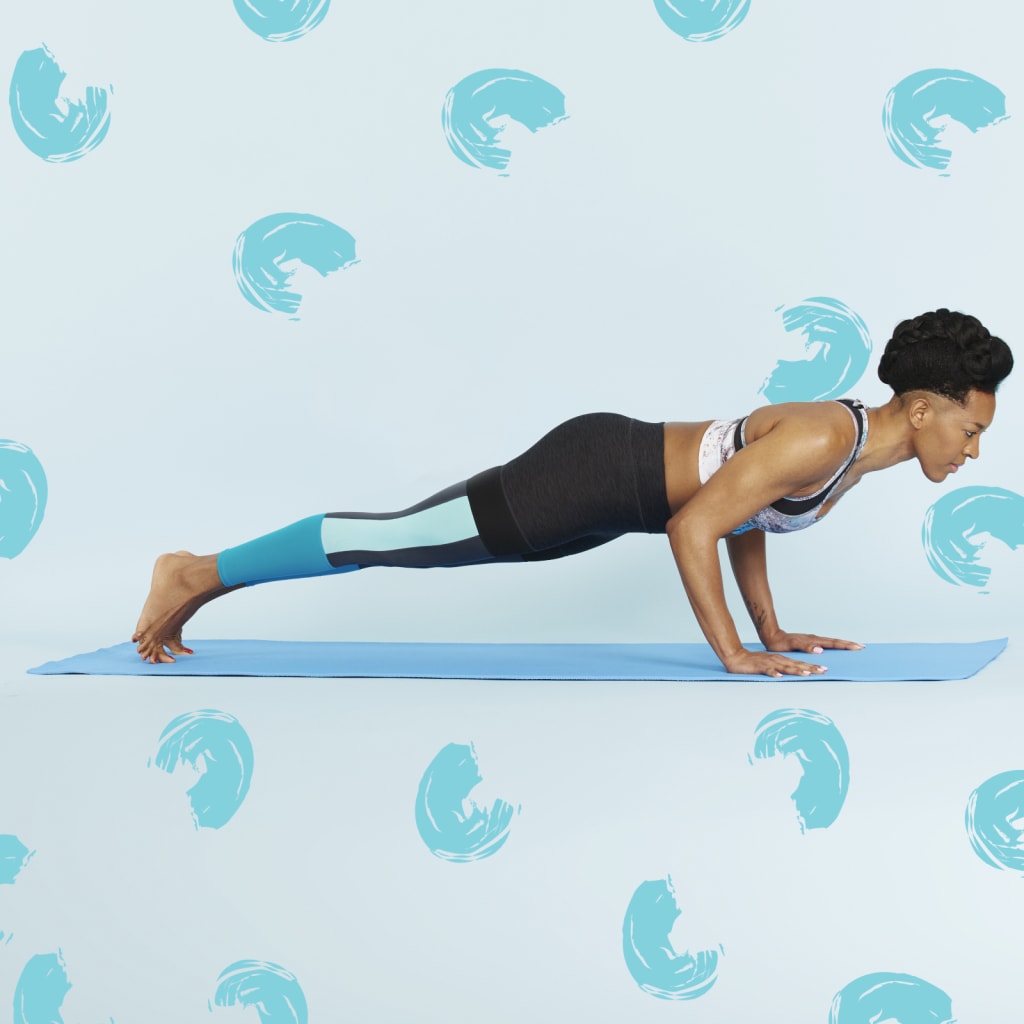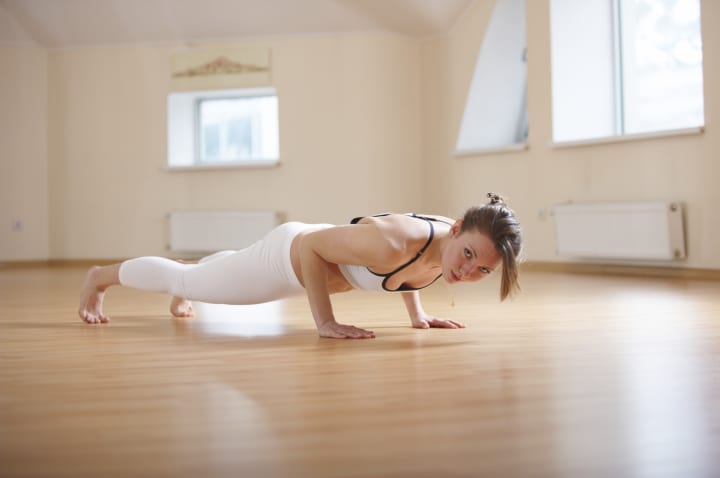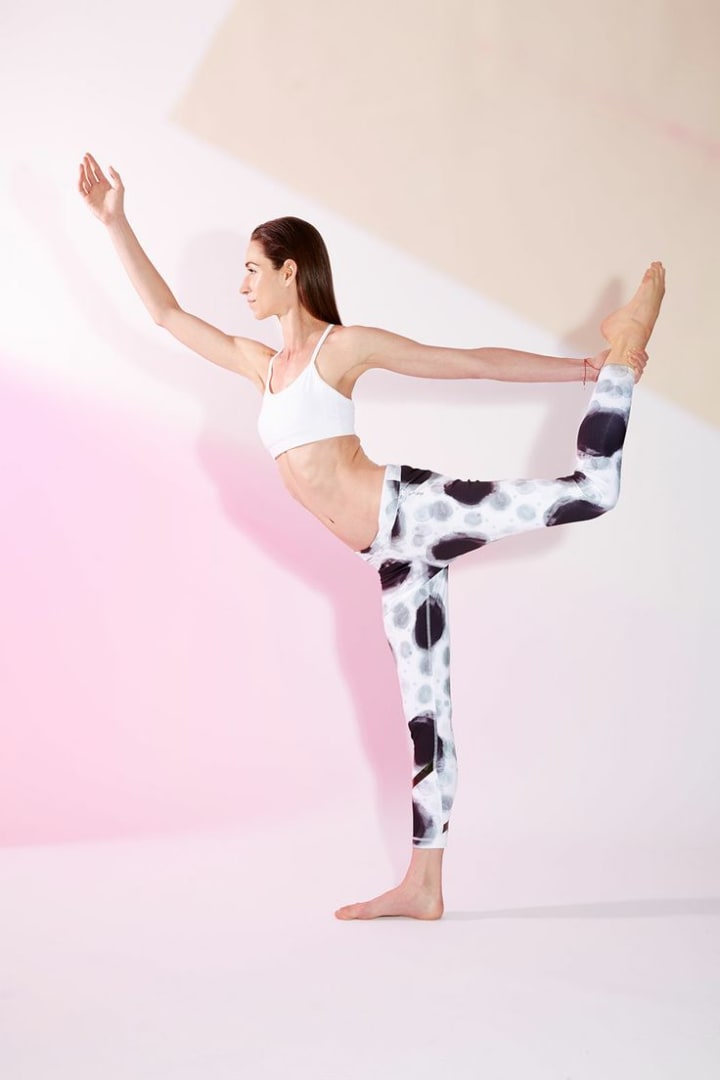How To Do Chaturanga Pose Correctly
As a key fundamental for all kinds of yoga practice, it is important that you learn how to do Chaturanga pose to build the strength you need to advance.

Even if you're new to yoga, you've likely tried the Chaturanga Dandasana pose. It is a pose that can feel easy to master and work on, even when you are between classes or just working out. But, the Chaturanga pose is deceptively challenging, and there are a lot of people (a lot of people) that hold the pose incorrectly.
If you're serious about advancing in yoga of any kind, it is important that you master the Chaturanga. This pose is essential to developing the strength and stability for advancing, and if doing it incorrectly, you risk repetitive stress issues and injury. Make sure you take the time to learn how to enter and hold Chaturanga Dandasana correctly, and your future yoga practice will benefit.
How to hold a Chaturanga Dandasana pose correctly

Getting into Chaturanga correctly is easiest if you begin with a full plank. A Plank pose, though similar, is a fairly straightforward position that is easy to get settled into, and sets you up to have your hands and feet in the correct position.
Beginning with Plank Pose
When you are in Plank Pose, pause and take note of your body and positioning to ensure you are set up right.
- Hands should be shoulder-width apart with palms flat on the floor. There should be direct and aligned support from your hands and elbows to your shoulders.
- Feet should be matched to width of your hips. Your body should be supported by your toes, with your heels pushing back toward the ground.
- There should be a straight line from your shins, right up to your chest, with thighs pushing up to provide support.
- Avoid the temptation to shift your hands, drop your head, or lift your butt to make things easier.
Moving into Chaturanga
Once you have settled into plank pose, you can prepare to lower yourself into Chaturanga. This can be more difficult than it seems if you are just starting out, so keep in mind that it can take time to build up your arm strength. There are a few things to keep in mind as you move:
- Keep your abs pulled in and be very conscious of your core muscles as you begin to lower. They work with your arms to support your body.
- Move your elbows close to the side of your body so they are hugging your ribs.
- Slowly lower yourself into Chaturanga pose and hold, keeping conscious of the position of your body.
- Don't force yourself to hold the position longer than you can, so you don't risk tension or injury.
If this is difficult for you, don't worry. The reason Chaturanga is so challenging is that it is working out essential muscles you need for your practice, so it is good if it is difficult!
Mistakes people make with Chaturanga
There are a few common mistakes that many of us make when attempting Chaturanga pose. Luckily, having consciousness of the pose and your body, or relying on an instructor can make these mistakes easy to avoid.- Point your face forward to be sure your spine is aligned.
- Keep your feet apart, about the width of your hips. You might be tempted to bring them together or put them apart to make the pose easier, but be keeping them in the right position is essential.
- Tuck your elbows in close to your body, so they are almost touching your ribs. You might be tempted to rotate your elbows into different positions or move them further from your body when you get tired. Be sure to keep them in the correct position for as long as you are able to hold the pose.
- Make sure your hands are placed on the floor just above your pelvis, and match the distance of your hands with the width of your shoulders.
- Keep breathing! When people feel exerted or tense they often forget their breathing. While holding this pose, continue deep and consistent breathing. This will keep you from tensing inappropriately, and will supple your muscles with the oxygen they need to keep working for you.
A correct Chaturanga helps build towards more difficult poses.

Mastering the Chaturanga pose is essential for moving your practice to the next level. As you can see in the photo above, many of the elements of Chaturanga are essential to moving forward to more complicated and impressive poses. Chaturanga builds up the strength in your upper arms and forearms, and helps you build essential support and flexibility in your wrists. Because the full weight of your body is being supported, it is also excellent for building and toning your abdominal muscles, and core strength. If you have trouble with Chaturanga pose, don't be tempted to skimp on practice. Try holding the pose correctly for shorter periods of time, or even working up to a full pose by starting on your knees.
Take it slow and do each pose correctly!

Master the most basic poses to move your yoga practice to the next level
Having a yoga instructor is essential when you begin practicing, to ensure you are holding each pose correctly and developing the strength you need to move on to the next level. Yoga is a particularly challenging workout because it can sometimes be easy to "cheat", and you may unknowingly may be holding poses incorrectly, and losing the benefit of the exercise.
It can be tempting to dive in full-force to yoga and start pushing yourself to move on to further strength, flexibility, and complex poses. But, the key to yoga is mastering each pose and each level, and slowly developing the core you need to move ahead in your practice. So, be sure you take the time to master key poses like Chaturanga so you have the foundation you need to advance.
About the Creator
Annie Kiely
Annie Kiely is a freelance writer, editor and researcher who lives in the 'burbs of Toronto with her pets and her partner. Annie is an advocate for wellness, mental health education, and literacy. She loves animals and gardening (and food).






Comments
There are no comments for this story
Be the first to respond and start the conversation.